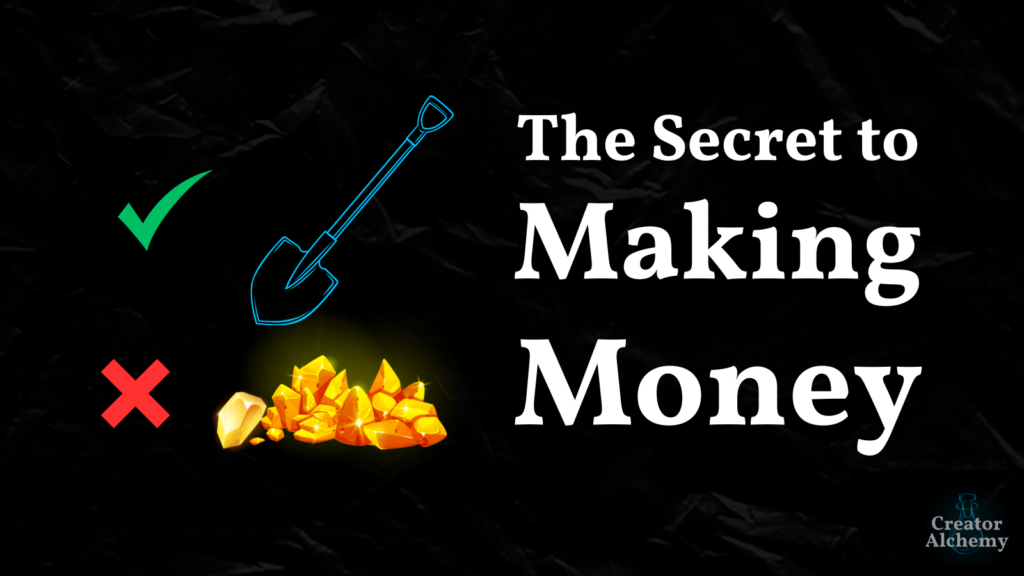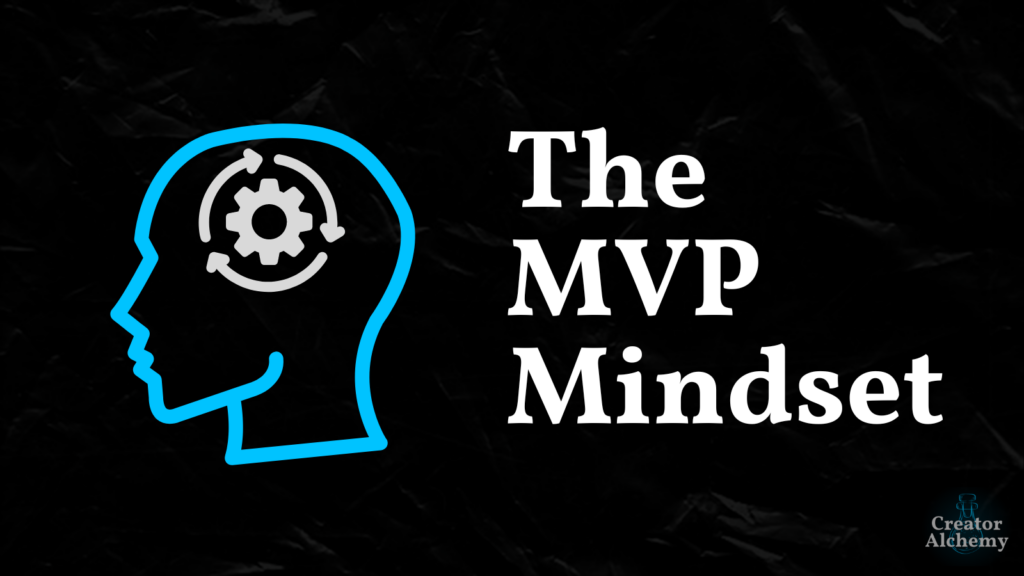Have you ever felt like you want to get more out of life? That you’re meant to get more out of life, but can’t quite figure out how to achieve it?
Or maybe you’ve spent your life up to now taking the “traditional” path—doing what you’re supposed to do, wanting what your friends and family tell you you’re supposed to want—but despite being successful on paper, you can’t shake this restlessness that the life you’ve created isn’t fulfilling.
What if you could change the trajectory of your life—toward fulfillment where you make money doing work that feels meaningful to you?
What if I told you fulfillment isn’t out of reach and isn’t as far away as you think?
You just need a system to make it a reality.
Intentional Life Design is that system.
•••
What is Intentional Life Design?
Intentional Life Design is about spending your most precious resource—time—focusing on what resonates with you on a fundamental level and doing work that matters.
What an Intentional Life is
An Intentional Life is about being intentional, aka taking purposeful deliberate action toward a specific outcome—with how we live, work, and create.
The alternative to building an Intentional Life? Joining the 76%.
According to a Cornell University study by Dr. Tom Gilovich, 76% of people on their deathbeds have the same regret—they accepted a mediocre life.
Too many people go through life passively, aka unintentionally—coasting from one day to the next, bouncing between jobs, and spending their life distracted. They’re too focused on rushing to the weekend, sacrificing family time for a bump in income to buy a new tchotchke that justifies their sacrifice, all the while their hopes and aspirations of a better life slowly decay until they wind up joining the 76% and die regretting not having done more with their life.
An Intentional Life is the opposite.
An Intentional Life looks different for each of us. It may mean designing your life and business around the freedom to spend more time with loved ones, exploring your curiosity, traveling the world as a Digital Nomad, helping a population you’re deeply passionate about, being in complete control of your schedule and never having to do another meeting that could’ve been an email, or spending every day making an impact on your terms by building your legacy one brick at a time.
Sounds great, huh?
But before you can start building an Intentional Life, you need to understand what an Intentional Life isn’t.
What an Intentional Life isn’t
Building an Intentional Life isn’t about:
- Tying your identity to your work. Finding purpose in what you do is great. Attaching your self-worth and identity to one thing limits your ability to grow and enjoy the journey.
- Obsessing over hyper-productivity. Prioritizing and being more effective with your time and energy is part of it, but not the focus. Otherwise, you wind up getting super good at doing a bunch of things that don’t matter.
- Demonizing money. You can make money doing meaningful work. The issue is when people chase money to the exclusion of meaning and wind up miserable. Part of building an Intentional Life is about developing strategies to make money doing what fulfills you, instead of having to choose between them.
Make sense?
Intentional Life Design isn’t productivity porn or hustle culture 2.0. It’s about doing meaningful, purpose-driven work that fulfills you.
•••
What Stops Us From Building an Intentional Life?
The most common reasons people don’t build an Intentional Life are because we chase the wrong things, we let limiting beliefs stop us, or we don’t even know an Intentional Life is possible for us.
Let’s dig into each.
We chase the wrong things
Why do so many people die with regrets? They chased what they thought they were supposed to want, instead of what they actually wanted.
According to Maslow’s Hierarchy of Needs, 99% of people never reach the top of the pyramid. Most of us are satisfied with chasing money, fame, and fancy things.
There’s nothing wrong with these (remember, Intentional Life Design doesn’t demonize money).
But we run into problems when we chase these external rewards at the cost of doing work that resonates with us.
Being the CEO of a billion-dollar textile company may sound cool. But if deep down, you really want to teach English to children in a third-world country because you believe knowing English will help them take advantage of global opportunities and become upwardly mobile, you aren’t living an Intentional Life. But with a few small changes, you could.
Because you can’t take your money, fame, or trophies with you when you die.
But if you did work that mattered to you and was intrinsically rewarding—you’ll have spent your time well and made a positive impact on the world.
Building a legacy is the closest to immortality we can get.
We let limiting beliefs stop us
The four most common limiting beliefs that stop us from building an Intentional Life are what I call the Four Horsemen of Fear:
Fear of Failure: “What if I’m not good enough or it doesn’t work out?”
Fear of Ridicule: “What will my friends/family think if I do this?”
Fear of Uncertainty: “How do I know which decision to make?”
Fear of Success: “What if I become a different person or lose my ambition?”
Learning to overcome these is a critical component of Intentional Life Design.
We think it’s impossible
This is what trips up so many people. We know we’re not doing fulfilling work and carry around this heavy weight of restlessness every day. We feel trapped because we don’t think it’s possible to live the life we daydream about. Where we control our schedule, and spend our time doing work that matters.
But it is possible. If we have the right systems in place to make it a reality.
So what’s the solution?
I’ve distilled everything I’ve learned over the last 15 years studying evidence-based psychology and put it into a 5-step framework.
•••
A 5-Step Framework to Build an Intentional Life
Step 1: Clarify your Core Value
“Imagine the solution to a problem as a house. The foundation is the assumptions upon which the solution rests. If it’s shoddy, it’ll collapse. If it’s sturdy, it’ll thrive. First principles form a sturdy foundation for the house—and allow you to build more creatively on top!”
— Sahil Bloom
Most people don’t know what resonates with them on a fundamental level.
Distilling what you truly care about into a single Core Value gives you clarity on what matters most, so you know what is worth focusing on and what to filter out.
An Intentional Life is one where everything you do aligns with your Core Value.
So clarifying your Core Value is the first step.
For example, my Core Value is freedom.
When I was offered a six-figure salary for a job that required me to work 60 hours drowning in red tape, I asked myself:
“Does this opportunity get me one step closer to, or further away from, a life aligned with my Core Value of freedom?”
It didn’t, so I passed.
Clarifying your Core Value is usually the hardest part of this framework because most of us never take the time to deeply think about what we want out of life.
But once you know your Core Value, the rest of this framework is straightforward.
After you clarify your Core Value, just remember “GOLD.”
- Goals
- Obstacles
- Leverage
- Develop (a plan)
Here’s what I mean…
Step 2: Create goals aligned with your Core Value
Every opportunity has the potential to get you one step closer to, or one step further away from, a life aligned with your Core Value.
Most people chase goals they think they’re supposed to want, then end up miserable.
Your Intentional Life is where you want to end up—like a North Star guiding you home. So what goals will act as a bridge to take you from where you are to where you want to be?
Step 3: Identify obstacles that could get in your way
You know where you want to go (Intentional Life) and why you want to go there (Core Value), but what might stop you or has stopped you before?
Learning to anticipate obstacles before you start gives you a strategic advantage.
Common obstacles entrepreneurs struggle with:
- Fear
- Perfectionism
- Procrastination
- Toxic Personal Narratives
When you’re creating goals, ask yourself:
“What are the top 3 obstacles that could get in the way of achieving my goal?”
You can brainstorm more than 3, but focusing on the top ones helps you prioritize what to focus on for the next step.
Step 4: Identify leverage to overcome obstacles
What strengths and resources do you already have (skills, network, knowledge) that you could use to overcome the obstacles you listed in Step 3?
For example, if fear is your main obstacle, how can you overcome it?
- Recruit friends for accountability
- Simplify processes overwhelming you
- Outsource “heavy lifts” fueling your fear
Other questions to help you audit your strengths and resources:
How have you overcome past obstacles that could apply to this situation?
- What are you good at?
- What do you know a lot about?
- What resources can you tap into, including people, money, tools, or other types of access?
Think of everything and everyone in your network.
How can you recruit them to help you overcome these obstacles?
What advise would your Mental Advisory Board give you right now?
We all have leverage we can use to overcome obstacles in our way if we know where to look.
Step 5: Develop a plan to make it a reality
This step is about putting all the pieces together, so you know exactly:
- Where you’re going
- Why you’re going there
- What could get in your way
- How you’ll overcome it
By this point, you should be able to fill in this statement:
I am going to build an Intentional Life by [leveraging my strengths] to [overcome obstacles] and [achieve my goal] that will get me one step closer to a life aligned with my Core Value of [insert Core Value].
This is the best approach I’ve found to create worthwhile goals and build an Intentional Life, where you do meaningful, purpose-driven work that fulfills you.
It’s simple, but effective.
•••
Wrapping Up
Intentional Life Design isn’t about being hyper-productive and over-optimizing every aspect of your life. It’s about spending your time and energy doing what resonates with you on a fundamental level. It’s about overcoming limiting beliefs, doing work that matters, and thinking bigger.
Intentional Life Design is a deceptively simple yet powerful framework because it’s flexible:
- Clarify your Core Value
- Create goals that get you closer to a life aligned with your Core Value
- Identify and anticipate obstacles that could get in your way
- Identify strengths and resources you can leverage to overcome obstacles
- Develop a step-by-step plan to make your Intentional Life a reality
This is the framework—everything else is just filling in the details.
It’s not about building a business. It’s about building a meaningful business.
It’s not about being successful on paper. It’s about being successful on your terms.
It’s not about filling your life with work. It’s about filling your life with work that matters.
I’ve been using this framework to help my 1:1 clients achieve incredible results.
But that’s not enough.
Helping people 1:1 won’t put a dent in the 76% of people still letting fear stop them.
So I created a self-paced course.
You’ll go deep into these 5 steps, and create a plan to build your Intentional Life.
Check out the full course page for details now!




